
Hydrogen stations are a new application of existing technology being built in small numbers and the supply chain for components is small. Like every new product, the costs at this stage of development are relatively high, which is why government support is vital.
In the Energy Commission’s Joint Agency Staff Report on Assembly Bill 8, Chapter 4 provides an average cost of stations funded by the Energy Commission in 2012 and 2014.
Gaseous Delivery
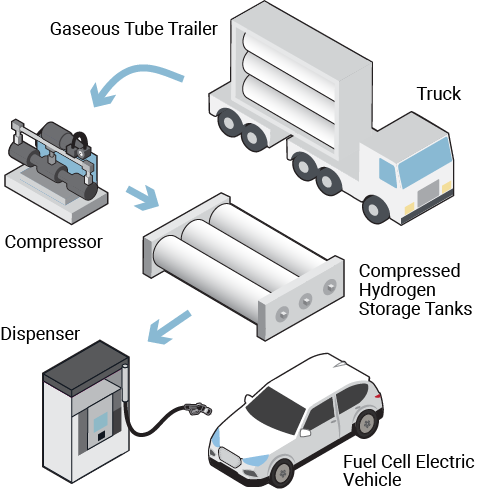
Stations that use hydrogen delivered as a gas have an average storage of 180 kg/day and an estimated the total cost of $2 million, which includes equipment, design, construction, and commissioning.
Liquid Delivery
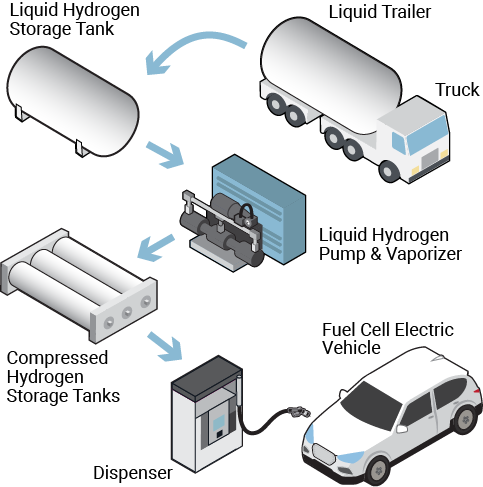
Stations that use hydrogen delivered as a liquid have an average storage of 350 kg/day and estimated total constructed and commissioned cost of $2.8 million.
Onsite Production
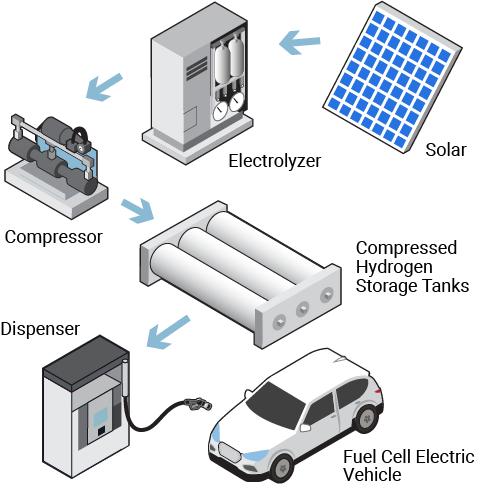
Stations that make hydrogen onsite from electrolysis of water have an average storage of 120 kg/day and estimated total constructed and commissioned cost of $3.2 million.
As the global demand for hydrogen increases, the economies-of-scale cost reductions will be triggered. NREL projects a cost per station similar to other alternative fuels within 10 years. In addition, lessons learned about design, engineering, and construction will help reduce non-equipment costs.
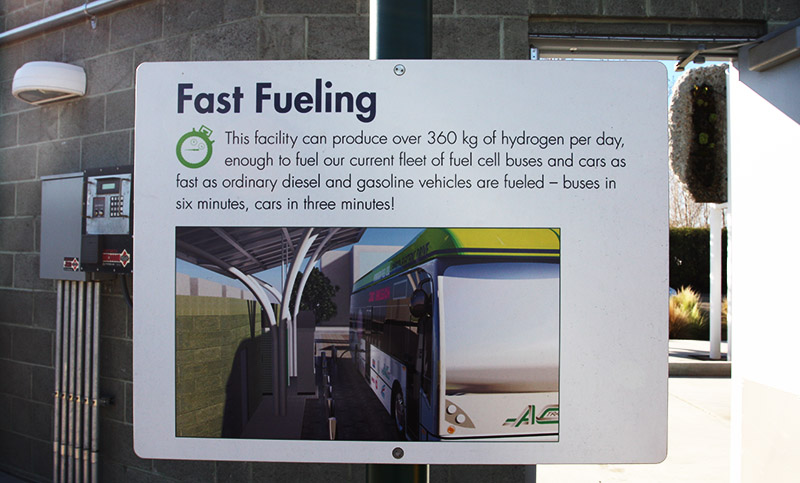
Hydrogen stations for transit buses cost approximately $5 million for a station that can fill up to 25 buses a day at 6-to-10 minutes per bus. The stations for AC Transit and Stark Area Regional Transit Authority have liquid delivery stations, and the SunLine Transit station has a large electrolyzer. Based on invoices from the one station, liquid hydrogen is being delivered for about $9 to $10 per kilogram. On an energy basis, this is equivalent to $4 to $5 per gallon of diesel.
The Hydrogen Financial Analysis Scenario Tool provides a quick and convenient in-depth financial analysis for hydrogen stations. H2FAST provides annual finance projections in the form of income statements, cash flow statements, and balance sheets; graphical presentation of financial performance parameters for 65 common metrics; life-cycle cost breakdown for each analysis scenario; and common ratio analysis results such as debt/equity position, return on equity, and debt service coverage ratio.
Government has a long history of funding research, development, and deployment of products and technologies that provide economic, health, energy and security benefits for all Americans. With fuel cells and hydrogen, the Federal government invests in R&D and technology validation, and then supports deployment at the local level. State and local governments fund deployments of products and technologies that provide benefits to residents.
The U.S. DOE’s Fuel Cell Technology Office leads a multi-year R&D program that aims to reduce the cost of hydrogen production, reduce the costs of hydrogen delivery, and is also starting a project to look at H2 at Scale. The Department of Transportation and U.S. EPA are investing in pilot programs for fuel cell buses and trucks.
The State of California provides funding for all alternative fuels through the Alternative and Renewable Fuel and Vehicle Technology Program (often called “AB8.”) The program is funded by a small surcharge on vehicle and boat registrations, and smog check and license plate fees. The Energy Commission provides about $100 million annually for through a competitive grant process. In 2013, the State Legislature dedicated up to $20 million a year for retail hydrogen stations through 2023.
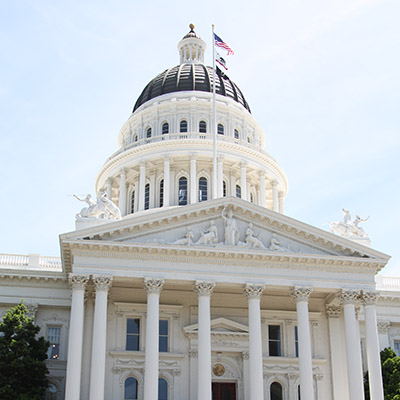
AB8 demonstrated the State’s commitment to building hydrogen stations that allowed automakers to begin planning for production runs of FCEVs.
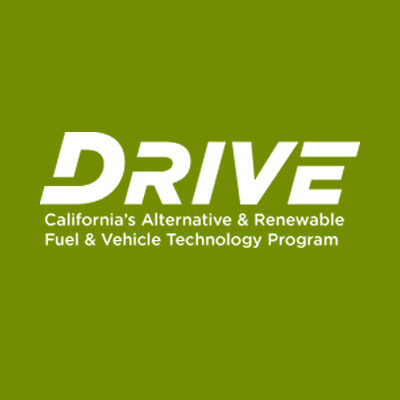
A competitive grant process provides 70-85% of the capital and construction costs for hydrogen stations, which reduces the financial risk for businesses.
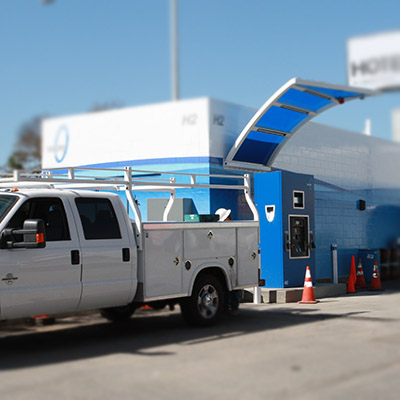
The program also provides station O&M costs for the first three years ensuring that stations continue to operate until the volumes of vehicles arrive to make the business case.
Read more about California’s state funding program.
Some federal funding is directed toward hydrogen stations for fuel cell buses, and local air districts have committed funding for heavy-duty hydrogen stations. CaFCP is currently exploring funding sources for additional heavy-duty stations.

To encourage the adoption of vehicles, the California Air Resources Board provides a $5,000 rebate for California residents who purchase or lease an FCEV. To encourage deployment of ZEVs among all populations, consumers with household incomes less than or equal to 300 percent of the federal poverty level receive an additional $2,000 rebate.